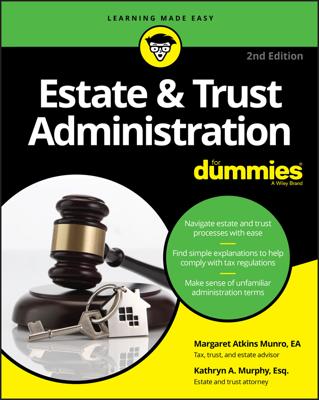Among the different types of income that may appear are
-
Interest: Although the total taxable interest figure, including U.S. Treasury interest, belongs on line 1, show allocations of U.S. Treasury interest (included on line 1, but not taxable in any state) and tax-exempt interest separately on line 14.
-
Dividends: Place the total of all dividends on line 2a. On line 2b, show the qualified dividends — those dividends subject to a lower income tax rate. If the trust or estate has income from foreign sources, include that allocation somewhere on Schedule K-1, either on line 14 or on a supplemental statement.
-
Capital gains: Generally, trusts and estates pass out capital gain income to beneficiaries in the final year of the trust or estate only. In the final year, place short-term capital gains or losses on line 3, and long-term capital gains or losses on line 4a. If you sold any artwork or collectible items, place that amount on line 4b.
Show depreciation added back under Code Section 1250, recaptured when you sell business property you previously depreciated, on line 4c.
-
Other portfolio and nonbusiness income: What ends up on line 5 is typically the portion of a taxable state income tax refund.
-
Ordinary business income: On line 6, place any business income that the trust or estate may have distributed to the beneficiary.
-
Net rental real estate income: If the trust or estate owns any rental real estate, or owns interests in rental real estate partnerships, the rental income component of any beneficiary distribution belongs on line 7.

